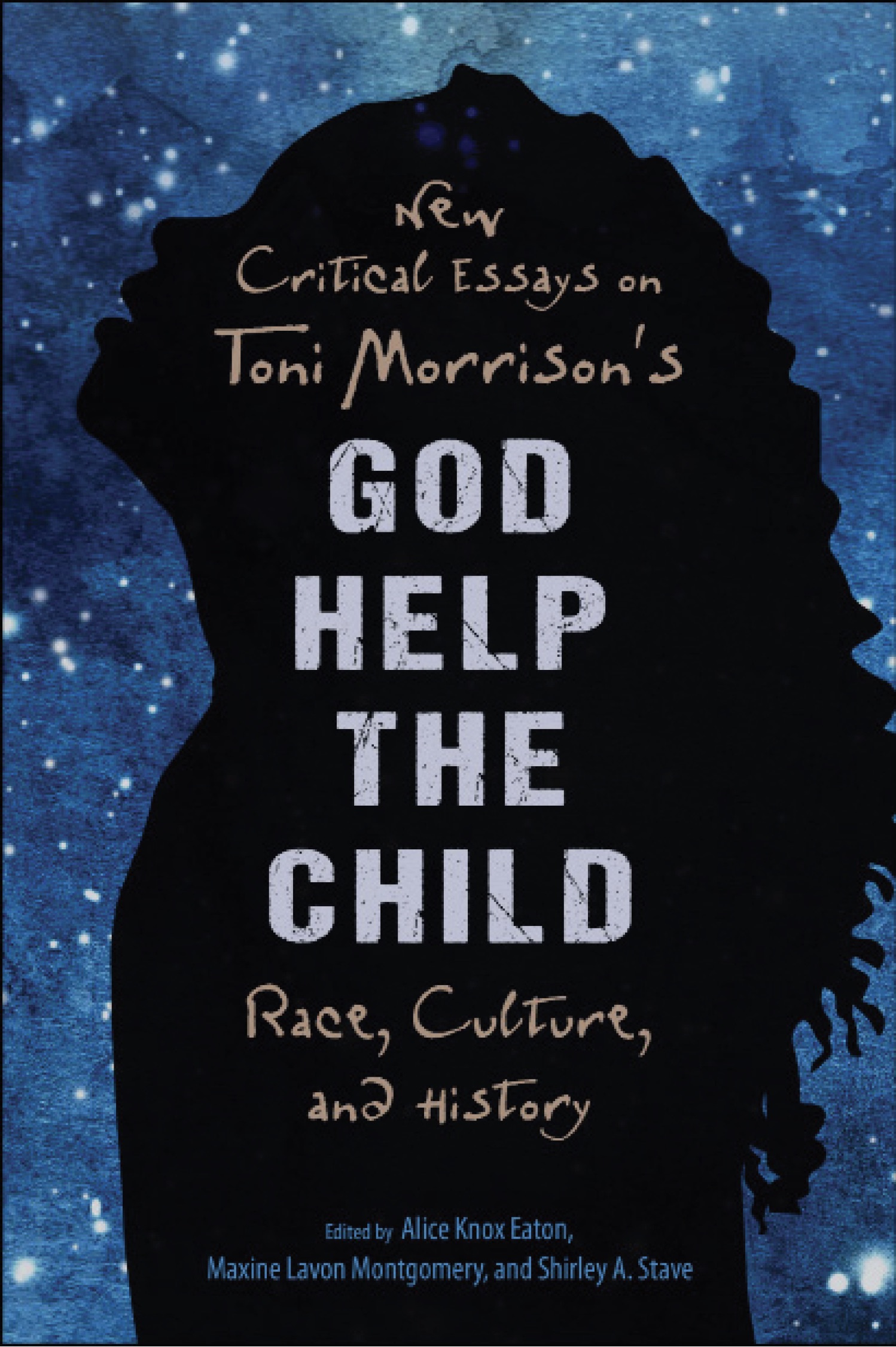NATCHITOCHES – A collection of essays on American novelist, editor and professor Toni Morrison (1931-2019) has been published by the University Press of Mississippi. The book was coedited by Dr. Holly Stave, a professor of English in the Louisiana Scholars’ College at Northwestern State University and preeminent Morrison scholar. The collection, entitled “New Critical Essays on Toni Morrison’s God Help the Child: Race, Culture, and History,” is the first scholarly collection to examine Morrison’s 11th novel, “God Help the Child,” published in 2015.
Stave’s chapter in the book is entitled “Identity and Trauma in God Help the Child.” Co-editors include Alice Knox Eaton, professor of English at Springfield College in Springfield, Massachusetts, and Maxine Lavone Montgomery, professor of English at Florida State University.
In “God Help the Child,” Morrison returned to several of the signature themes explored in her previous work: pernicious beauty standards for women, particularly African American women; mother-child relationships racism and colorism and child sexual abuse.
“God Help the Child” is set in the contemporary period, unlike all of her previous novels. The contemporary setting is ultimately incidental to the project of the novel, however; as with Morrison’s other work, the story takes on mythic qualities and the larger-than-life themes lend themselves to allegorical and symbolic readings that resonate in light of both contemporary and historical issues.
“New Critical Essays on Toni Morrison’s God Help the Child: Race, Culture, and History” takes on the novel in a nuanced and insightful analysis, interpreting the novel in relation to Morrison’s earlier work as well as locating it within ongoing debates in literary and other academic disciplines engaged with African American literature.
The volume is divided into three sections. The first focuses on trauma—both the pain and suffering caused by neglect and abuse, as well as healing and understanding. The second section considers narrative choices, concentrating on experimentation and reader engagement. The third section turns a comparative eye to Morrison’s fictional canon, from her debut work of fiction, “The Bluest Eye,” until the present. These essays build on previous studies of Morrison’s novels and deepen readers’ understanding of both her last novel and her larger literary output.
Stave has studied Morrison’s work since 1988 and been active in publishing and presenting articles on Morrison’s work. In writing about Morrison, Stave has explored the feminist, religious and spiritual implications of Morrison’s work.
“People were drawn to her work for its honesty, but also its lyricism,” Stave said. “Her language is just beyond compare—the only writer I think of who might be a peer in that area is Faulkner and some critics have explored the connection between those authors in their writing. She doesn’t pull any punches. Her works are brutal, but they reflect the world we know. Her characters live—they are never cardboard cut-outs representing ideological positions. She veers on the margins of social realism and magic realism, and she makes us see with incredible clarity what is in front of our faces.”
The book is available through the University Press of Mississippi by visiting http://www.upress.state.ms.us.

Holly Stave

